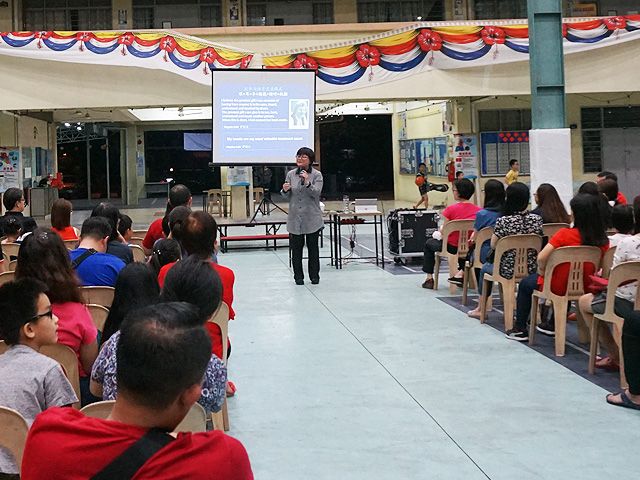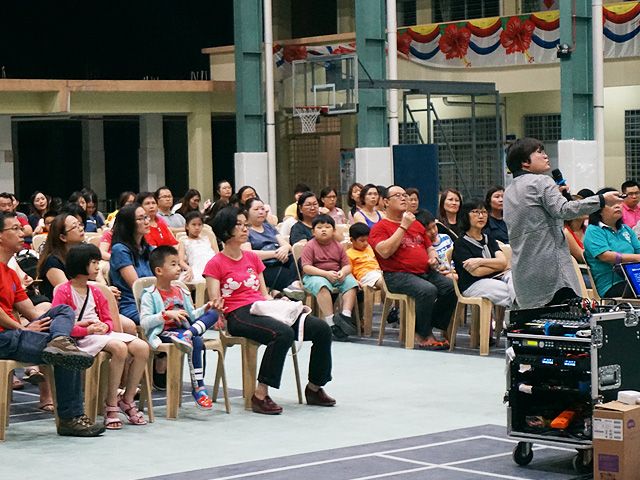 The Consulting Psychologist, Ms. Lee Li Li, had a public sharing at SRJK(C) Kheng Chee, Puchong, on 26th July 2019 (Friday), 8:00pm - 10:00pm
The Consulting Psychologist, Ms. Lee Li Li, had a public sharing at SRJK(C) Kheng Chee, Puchong, on 26th July 2019 (Friday), 8:00pm - 10:00pmIn the 2 hours session, Consulting Psychologist, Ms. Lee Li Li had shared multiple cases of communication between parents and children, specifically on the communication barriers that are frequently encountered between parents and children, and the communication techniques that can be practised by parents.
Create moments that are conducive to allow your child to express their emotions
 Instead of criticizing on every actions that children made without first understanding the situation, parents are recommended to create moments that are conducive to patient listening. In the process of communicating, children are required to be understood first before they are comfortable to share their thoughts and opinions. Consulting Psychologist, Ms Lee, also shared that it is important to pay attention to the body language when communicating with children. For example, when communicating with children, parents could maintain eye contact with them, lend a listening ear to them, and hold them with a gentle and comforting hands.
Instead of criticizing on every actions that children made without first understanding the situation, parents are recommended to create moments that are conducive to patient listening. In the process of communicating, children are required to be understood first before they are comfortable to share their thoughts and opinions. Consulting Psychologist, Ms Lee, also shared that it is important to pay attention to the body language when communicating with children. For example, when communicating with children, parents could maintain eye contact with them, lend a listening ear to them, and hold them with a gentle and comforting hands.
5 communication styles
Besides that, Consulting Psychologist, Ms. Lee Li Li, also clearly stated 5 types of communicating style when communicating with children, i.e. passive, fault finding, rational, interruptive, and consistent. Each communicating style yields a different characteristics and effect, in which could guide parents on their thoughts and to reflect on the suitability of the usage of each communicative style in a conversation. Due to the changes of social structure, parents are required to use some communication techniques to better understand children’s perspective.
80% 20% Communication Method
When communicating with children, the content should based on a ratio of 80% emotions and 20% reasoning. That being said, children may not be receptive towards parents reasoning when spoken in a straightforward communicative manner. Hence, the focus in the conversation should be place on allowing children to find their self-worth by identifying their own strength.
Being a role model is the bridge to improve effective communication
Children observe on all the actions and attitudes of their parents in dealing with everyday situations. For example, the way parents treat their elderlies, will be portrayed in the children’s interaction with others in their daily life. Hence, when parents would like to share positive reasoning or thoughts to their children, children will be more receptive because of their respect and recognition of the way their parents treat others.
Note: The above content is adopted from the public sharing at SRJK(C) Kheng Chee - “Children, why are you not listening to me?” on 26th July 2019. For more information, please kindly contact our office. It is our pleasure to assist you. Thank you.





